I love creating and hanging exhibits. It satisfies my former art teacher-self while challenging my current archivist-self. So, when the Exchange Place Living History Farm invited me to create the first archival exhibit for their new museum, I said “Let’s do this,” followed by, “Yikes!”
For the past two months, I’ve been spending time in this restored log house; combing through a semi-processed archives in the upper room, touring the buildings on site for hidden treasures, researching in the City Archives, and writing about, framing for, and designing the layout of the main floor museum spaces.
 Blog readers might remember that the Ambrose Gaines-John Anderson House was moved to the Exchange Place in 2014. You can learn more about that here and here.
Blog readers might remember that the Ambrose Gaines-John Anderson House was moved to the Exchange Place in 2014. You can learn more about that here and here.
Here’s an idea of what my work life looked like:
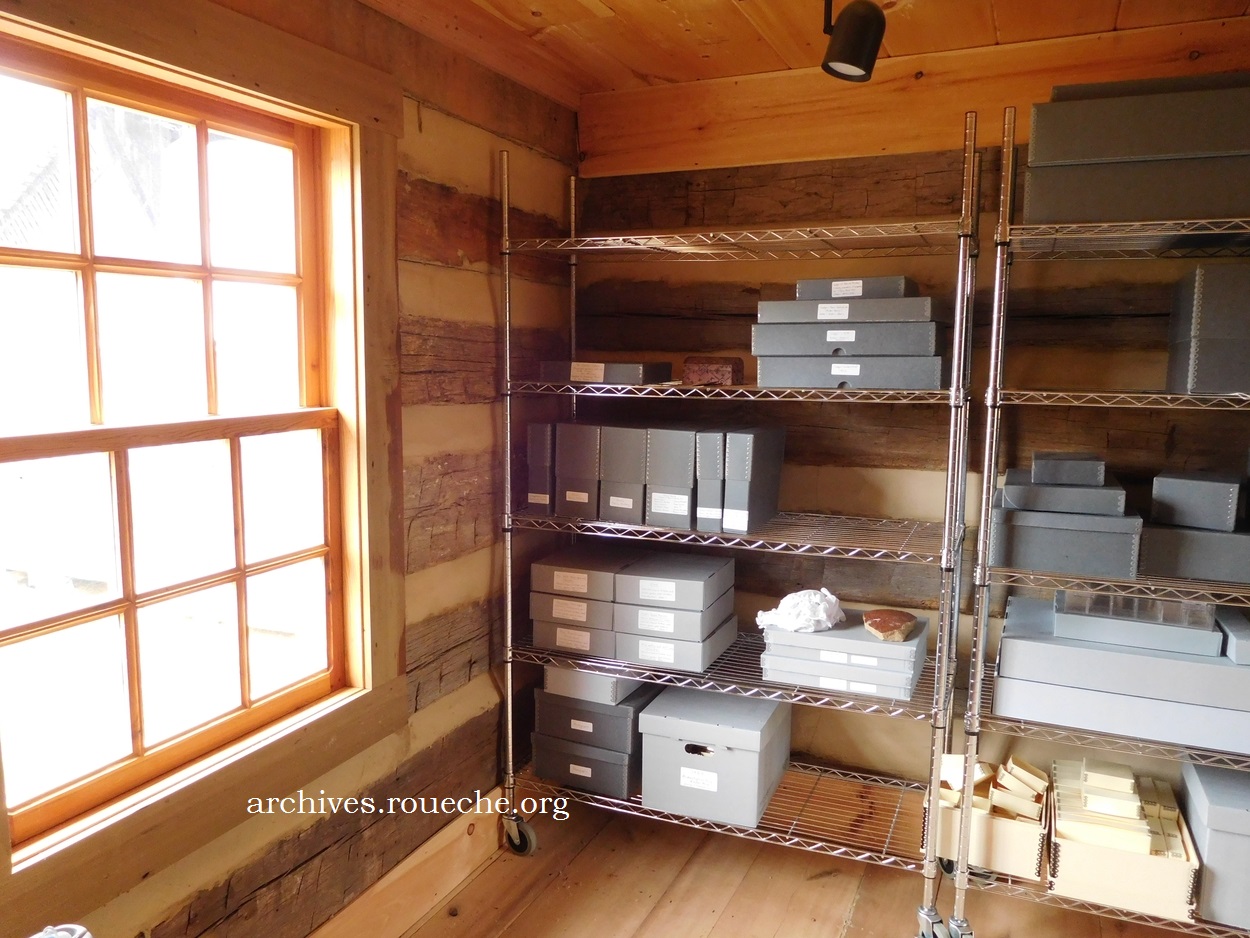 A small corner of the archives.
A small corner of the archives.
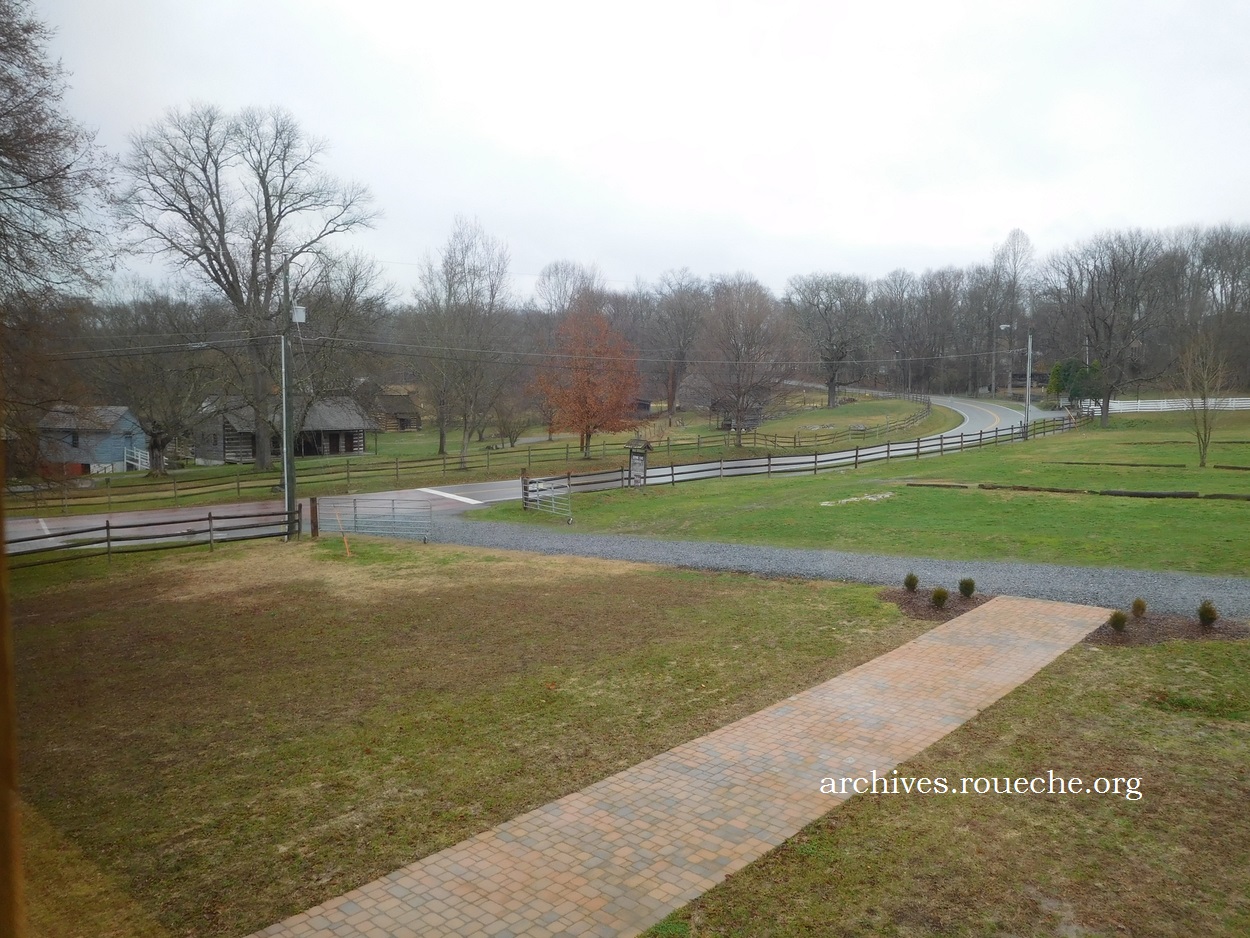 My view out one window looking north across the property.
My view out one window looking north across the property.
 My view from the same window looking east.
My view from the same window looking east.
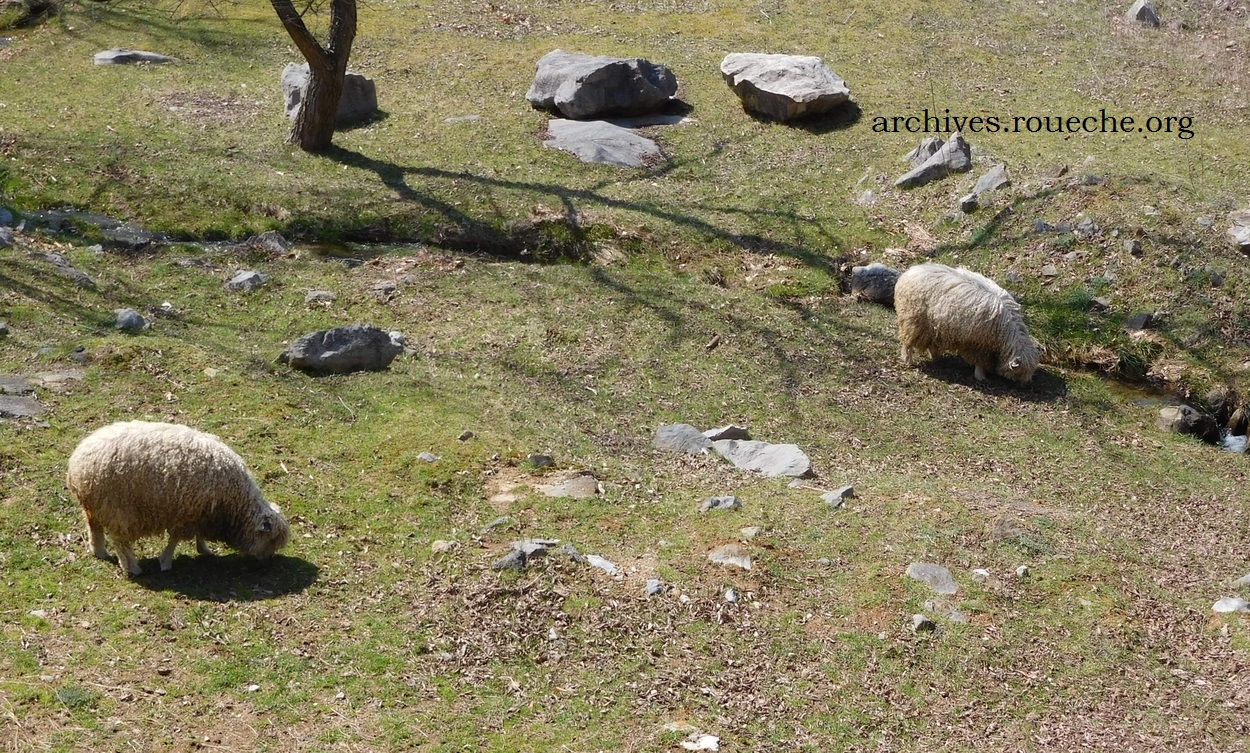 My view out the back window looking west. Hello, sheep!
My view out the back window looking west. Hello, sheep!
 The Main House was built by John Strother Gaines, c. 1816, for his wife Letitia Moore and their twelve children. The narrow path is the stage road that Gaines moved from the upper ridge around 1830.
The Main House was built by John Strother Gaines, c. 1816, for his wife Letitia Moore and their twelve children. The narrow path is the stage road that Gaines moved from the upper ridge around 1830.
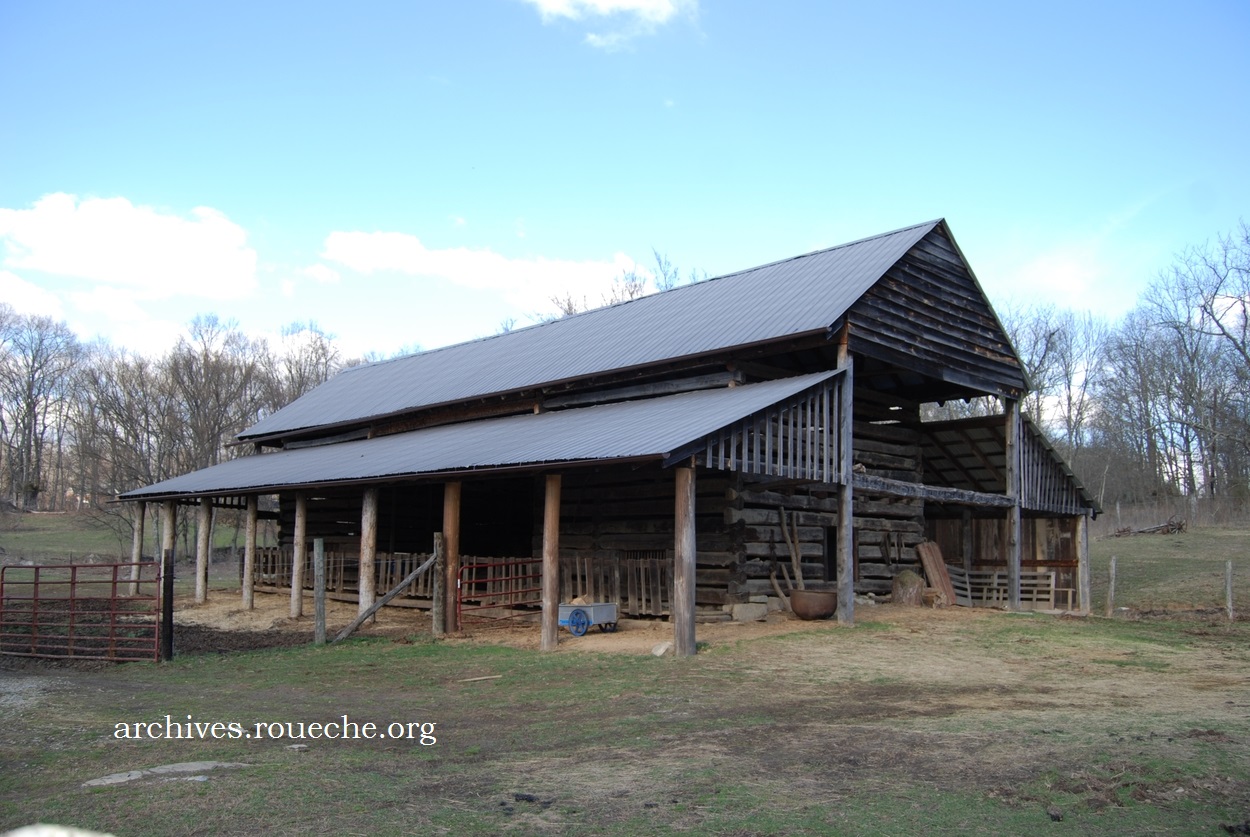 This is the original Gaines log barn after a major restoration in the 1990s.
This is the original Gaines log barn after a major restoration in the 1990s.
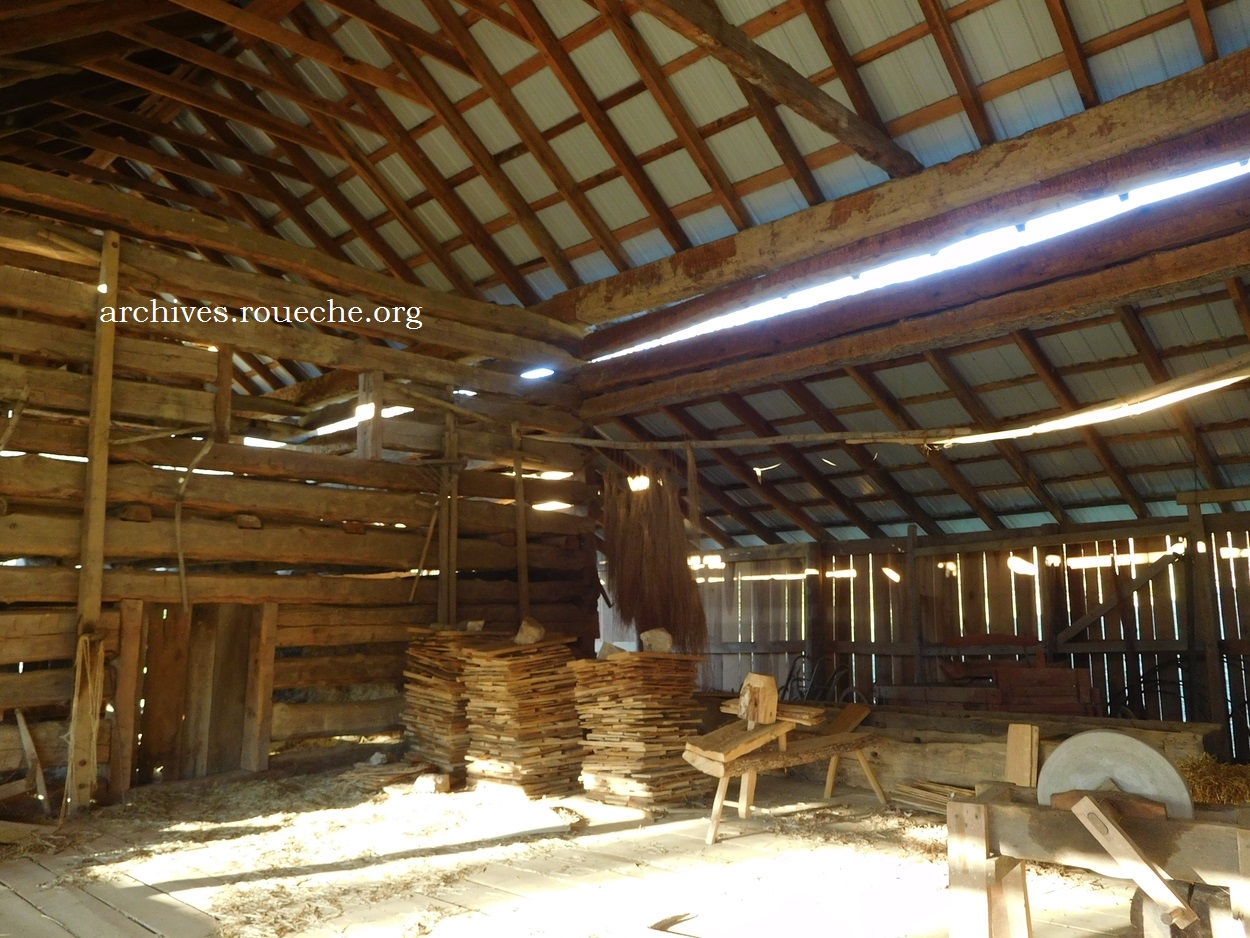 This is the inner barn between the two log structures.
This is the inner barn between the two log structures.
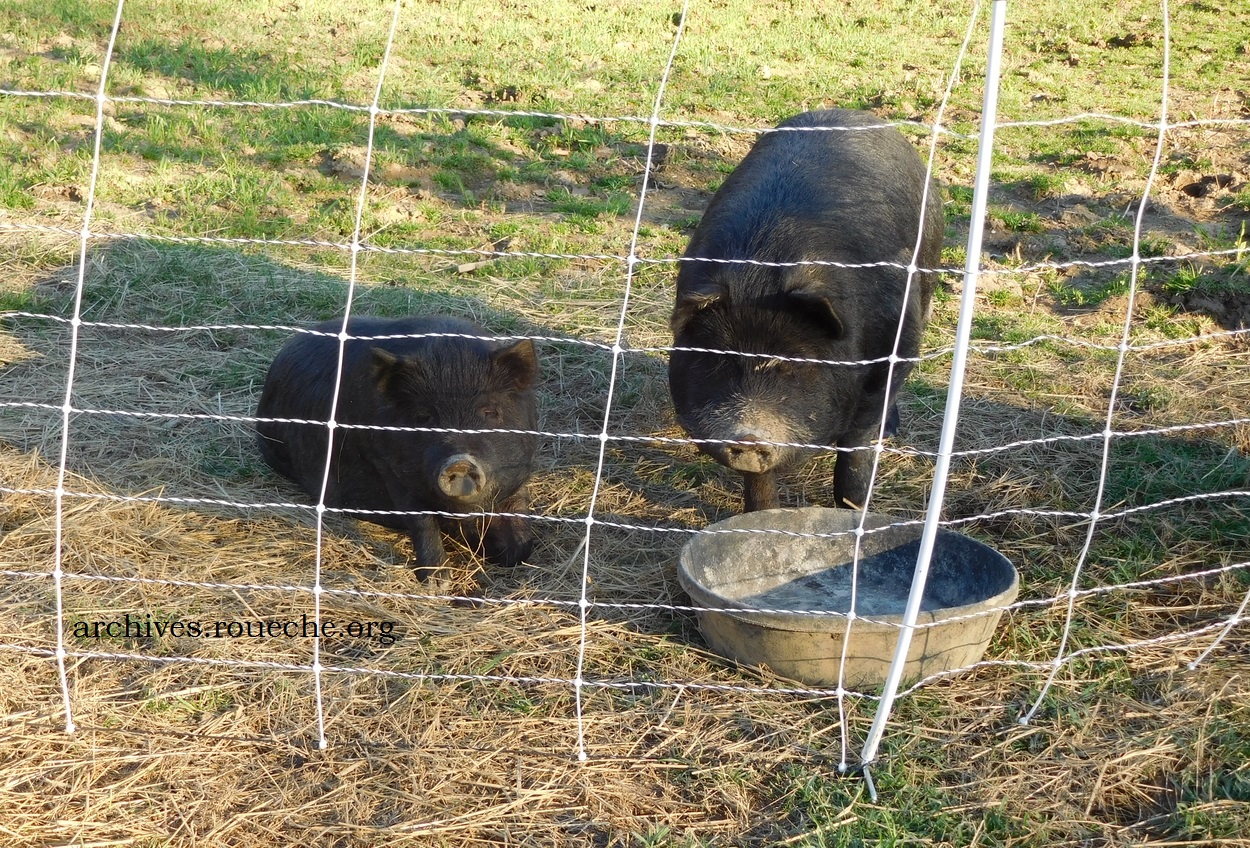 There are also talkative pigs nearby. You can read more about the rest of the menagerie at Exchange Place here.
There are also talkative pigs nearby. You can read more about the rest of the menagerie at Exchange Place here.
 Here is the main garden that is located behind the spring house and smokehouse. This area will be bustling on April 29-30, 2017, during the Exchange Place Spring Garden Fair.
Here is the main garden that is located behind the spring house and smokehouse. This area will be bustling on April 29-30, 2017, during the Exchange Place Spring Garden Fair.
 Finally, here is Roseland. Like the Gaines-Anderson cabin, it was brought to the site and restored (in the early 1990s). I went in and out of this house everyday and even found quite a few items for the exhibit in the attics.
Finally, here is Roseland. Like the Gaines-Anderson cabin, it was brought to the site and restored (in the early 1990s). I went in and out of this house everyday and even found quite a few items for the exhibit in the attics.
The museum committee had already purchased two display cases and had a wall hanging system installed in the two museum rooms. Here’s how things looked when I arrived.
 Because of the cozy look of the fireplace, I immediately decided this side would represent the Gaines’ and the next owners; the Prestons.
Because of the cozy look of the fireplace, I immediately decided this side would represent the Gaines’ and the next owners; the Prestons.
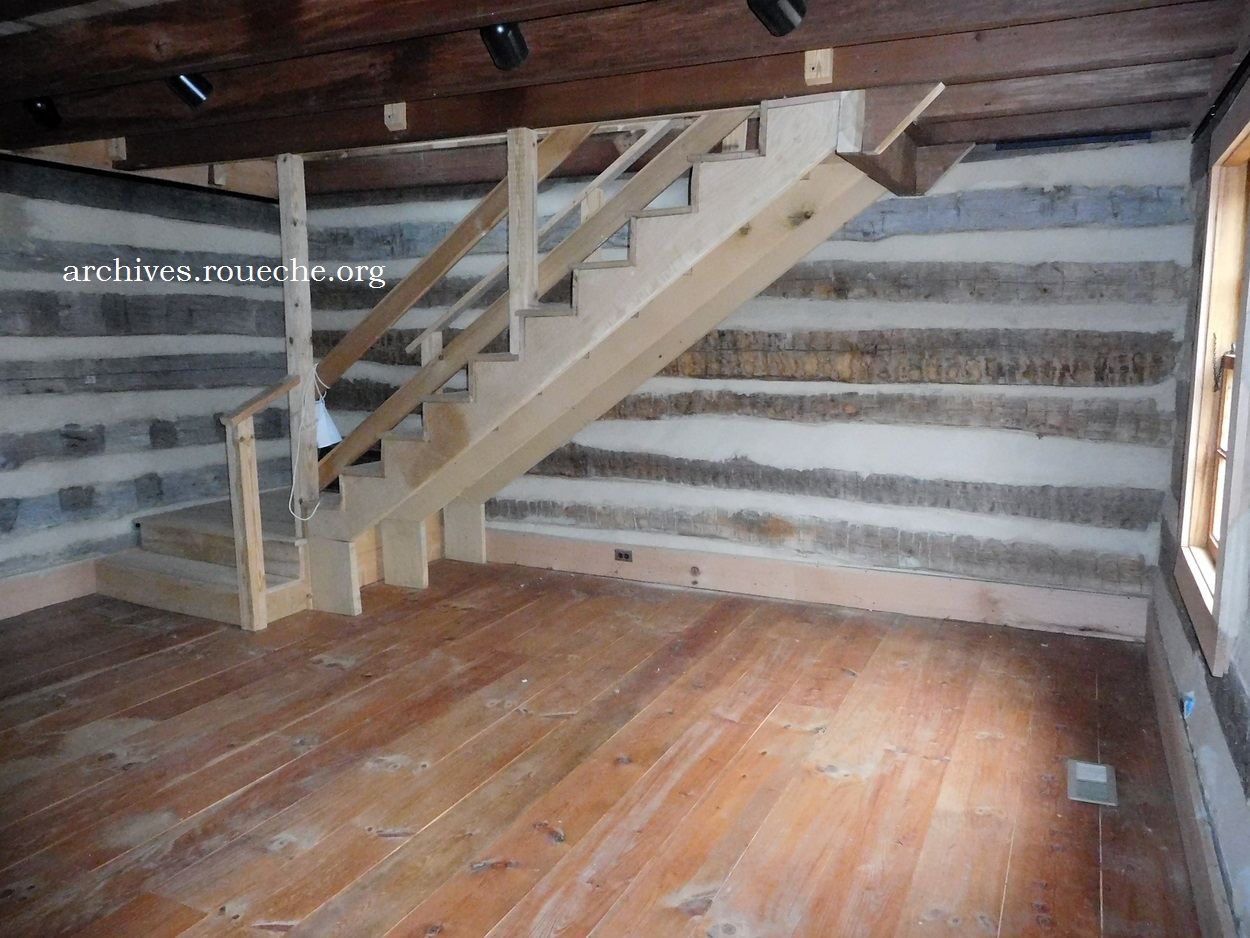 I decided that the right room, with the modern insertion of the staircase, should showcase the efforts of the Exchange Place volunteers and the residents of those homes that have been moved to the site.
I decided that the right room, with the modern insertion of the staircase, should showcase the efforts of the Exchange Place volunteers and the residents of those homes that have been moved to the site.
I spent the first three weeks going through the filing cabinets to become familiar with the organization’s records, exploring the family collections in the archival boxes, researching at the city archives, and trying to figure out the complicated Gaines genealogy. The next 3-4 weeks I spent writing narrative boards for the walls, selecting items for display, and writing captions for those items.
The exhibit was installed over two days in early April with the help of my archival partner-in-crime Brianne Wright. After a week off, I returned to make adjustments. Here is a little glimpse into the finished project.
 A reproduction of a John S. Gaines portrait on the left is paired with a narrative about the Gaines family, including Mr. Gaines’ 1831 appointment as postmaster of Edens Ridge.
A reproduction of a John S. Gaines portrait on the left is paired with a narrative about the Gaines family, including Mr. Gaines’ 1831 appointment as postmaster of Edens Ridge.
The narrative boards are 18″ x 28.” I had to learn how to use Microsoft Publisher to create the layouts. I selected a matte finish paper to complement the log walls. The printer mounted and cut the boards for me, which was so helpful.
 This narrative tells the story of John Preston, who traded his Holston Springs, VA property for John Gaines’ Exchange Place in 1845. Mr. Preston deeded the farm, as seen at left, to his son James and his wife Catherine in 1850.
This narrative tells the story of John Preston, who traded his Holston Springs, VA property for John Gaines’ Exchange Place in 1845. Mr. Preston deeded the farm, as seen at left, to his son James and his wife Catherine in 1850.
 Here’s that cozy corner featuring a walking wheel, which is part of Exchange Place’s vast collection of period spinning and weaving items. The watercolor above the mantle is one of five artworks featured in the exhibit inspired by the history of the area.
Here’s that cozy corner featuring a walking wheel, which is part of Exchange Place’s vast collection of period spinning and weaving items. The watercolor above the mantle is one of five artworks featured in the exhibit inspired by the history of the area.
With five pieces to frame, I had to be as frugal as possible. The pre-assembled frame I purchased below was the right size, but the wood was too yellow for the piece. I took it apart and treated it with an espresso stain. Once dry, I applied two coats of paste wax and polished it. Next, I had a mat cut for it and then re-assembled everything and added eye-hooks to the back. The detail artist Georgia Blanchard devoted to the buildings in this scene gives an enchanting effect.
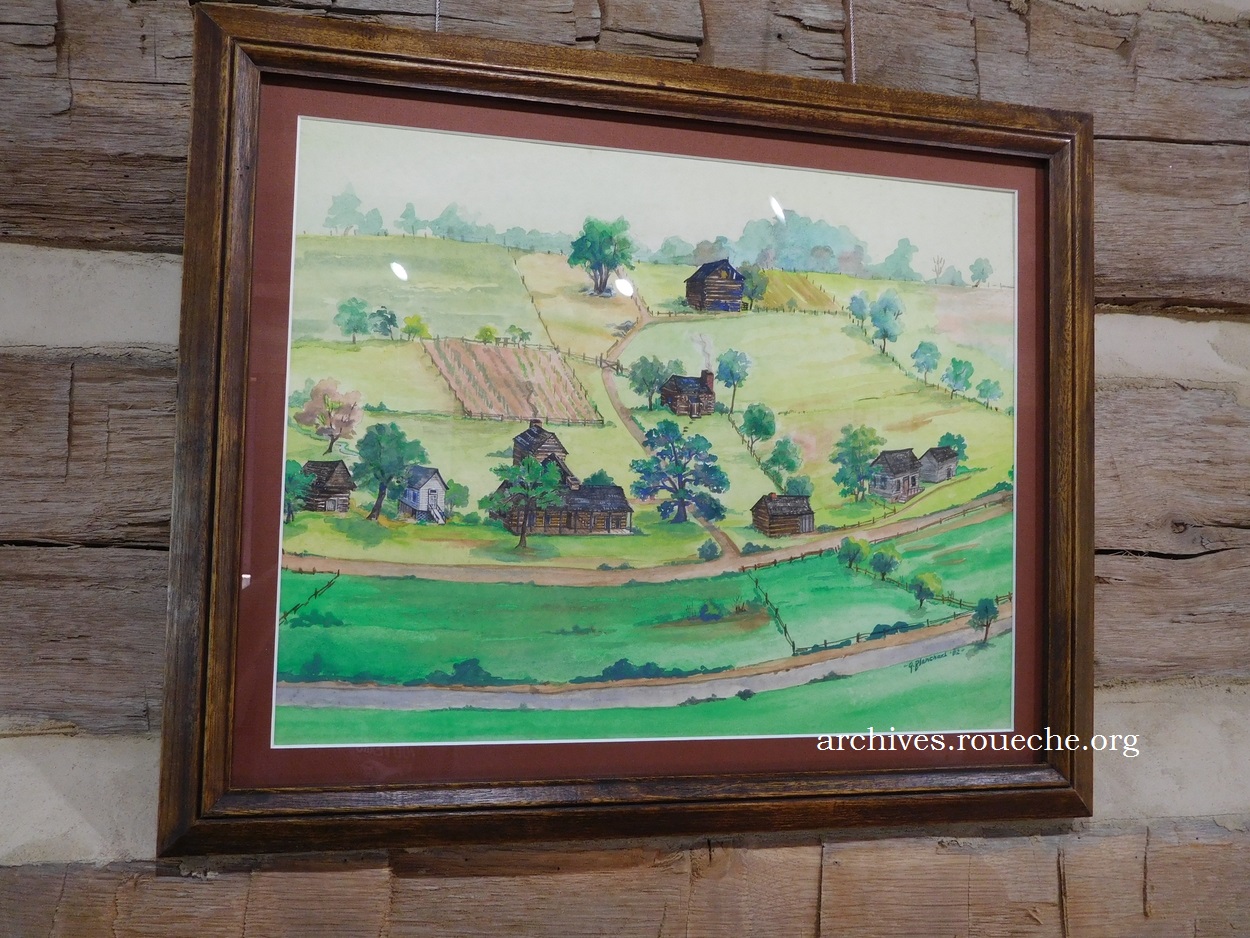
 The Preston family’s sitz bath is snuggled up in the other fireplace corner. Thank you to Mark Selby for crafting a stand for it.
The Preston family’s sitz bath is snuggled up in the other fireplace corner. Thank you to Mark Selby for crafting a stand for it.
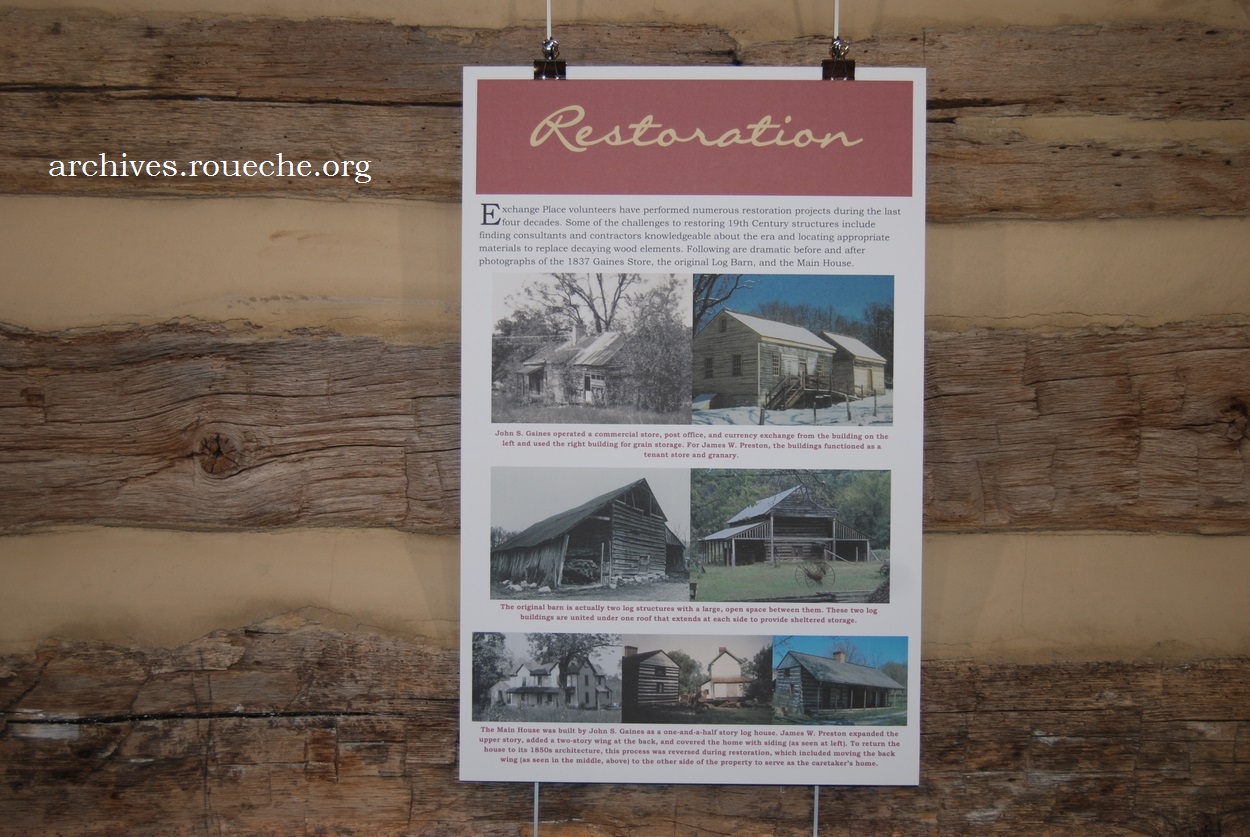 This narrative board displays striking ‘before and after’ photographs of three Exchange Place restoration projects.
This narrative board displays striking ‘before and after’ photographs of three Exchange Place restoration projects.
 Here is the case in the Gaines-Preston room. The top shelf displays finds from the Gaines era as well as family photographs. The two bottom shelves are designated for Preston family items.
Here is the case in the Gaines-Preston room. The top shelf displays finds from the Gaines era as well as family photographs. The two bottom shelves are designated for Preston family items.
I had never used a below eye-level, multi-tiered case before. I learned that the top shelf items need to be set back and spaced further apart than the items on the bottom shelf.

Below are some close-up views of these artifacts.
 Preston family items include a beautiful marbled ledger, a darling stuffed elephant, original tin cookie cutters from the late 19th century, and the wonderful cross and crown quilt.
Preston family items include a beautiful marbled ledger, a darling stuffed elephant, original tin cookie cutters from the late 19th century, and the wonderful cross and crown quilt.
 Unlike the Preston family that moved back to Virginia after the Civil War, many of the Gaines children married and remained in the area.
Unlike the Preston family that moved back to Virginia after the Civil War, many of the Gaines children married and remained in the area.
For most of one day, I spent my time in one of two attitudes:
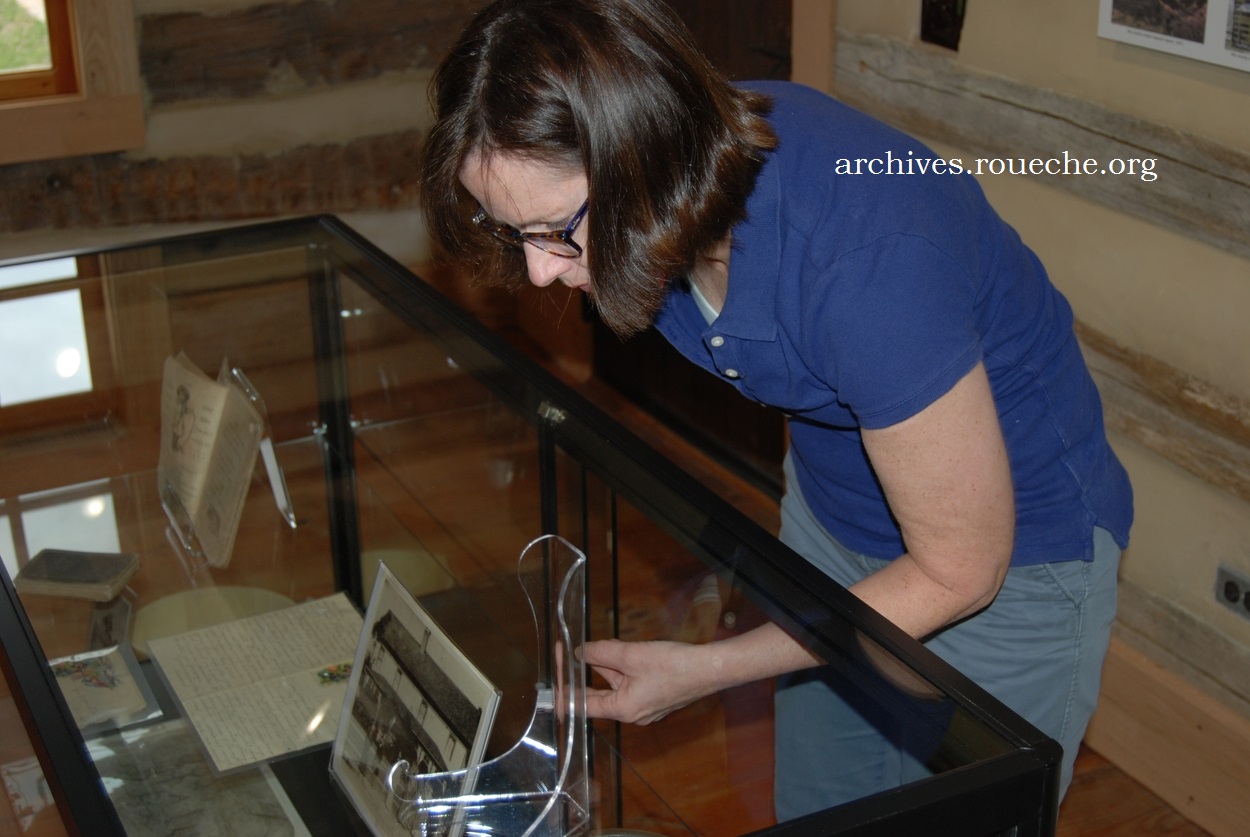 Placing items in the cases. . .
Placing items in the cases. . .
 And stepping back to observe how they look.
And stepping back to observe how they look.
I’m sure the process looked fascinating (not). Fortunately for me, I really enjoy this aspect of my work. On to the next room!
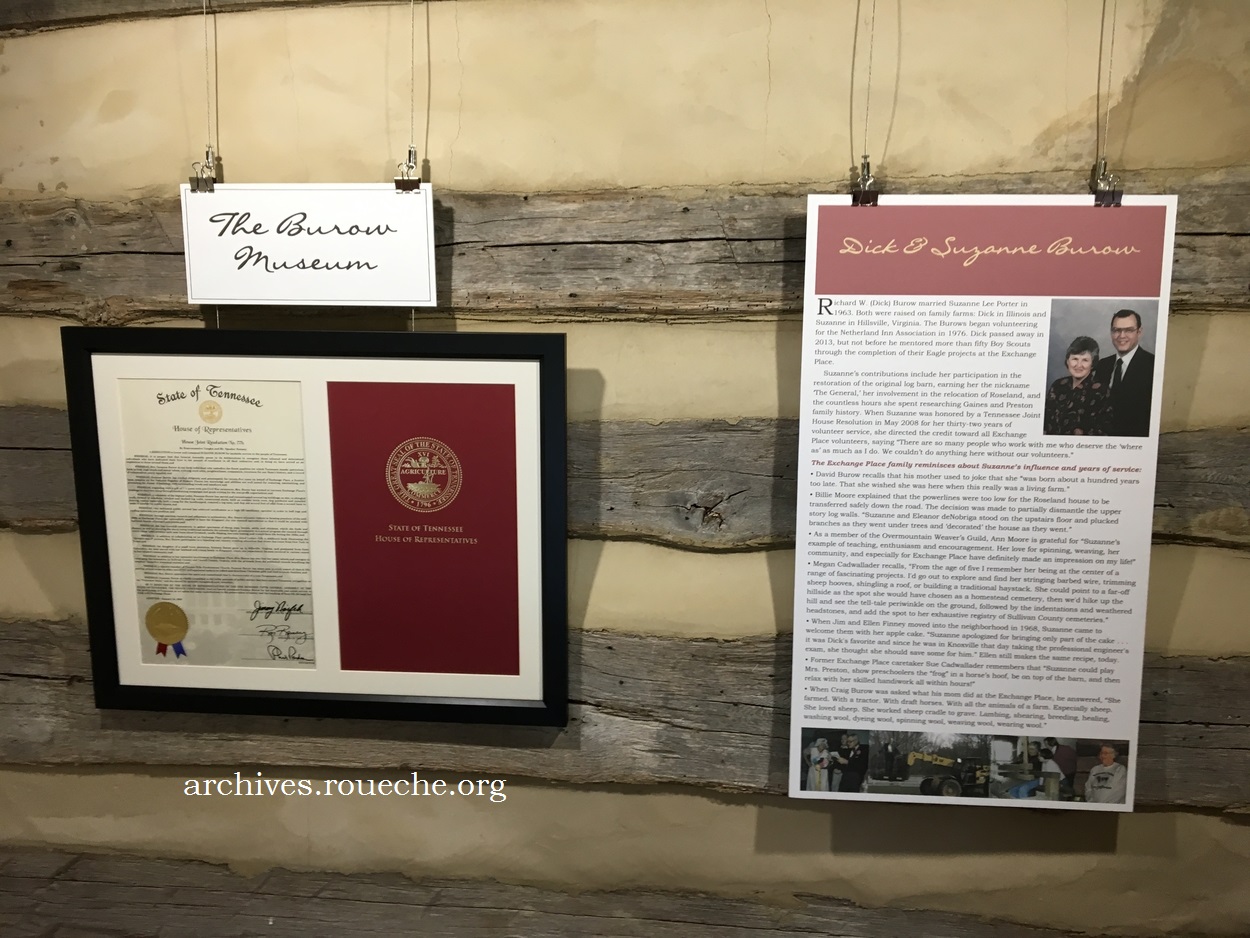 The museum is named after Dick and Suzanne Burow, long-time volunteers at The Exchange Place. This narrative board, featuring fond memories written by friends and family, is paired with a Tennessee State House Resolution made in Suzanne’s honor.
The museum is named after Dick and Suzanne Burow, long-time volunteers at The Exchange Place. This narrative board, featuring fond memories written by friends and family, is paired with a Tennessee State House Resolution made in Suzanne’s honor.
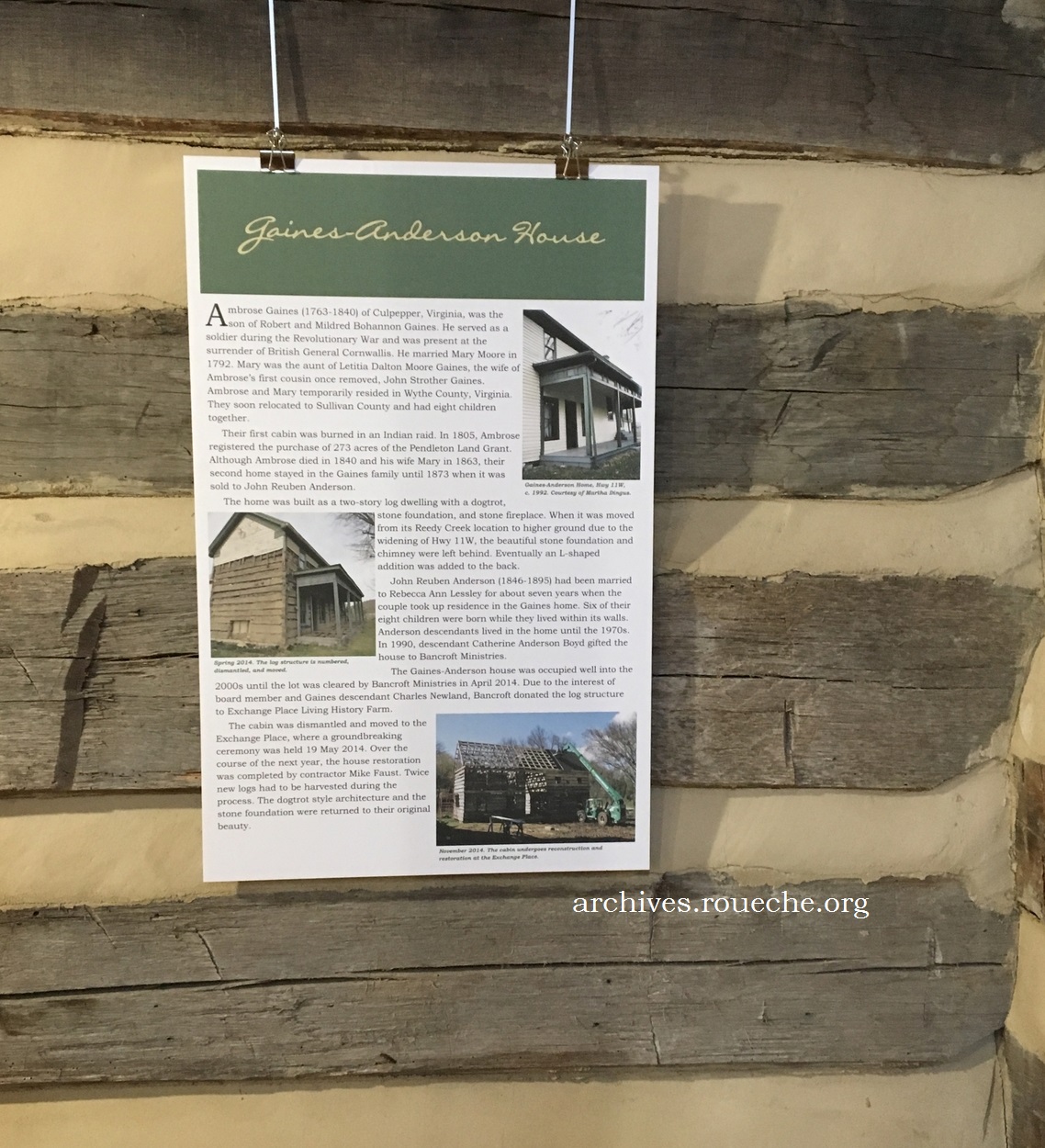 And, of course, here is the house that sparked the idea for a museum and my association with the E.P.
And, of course, here is the house that sparked the idea for a museum and my association with the E.P.
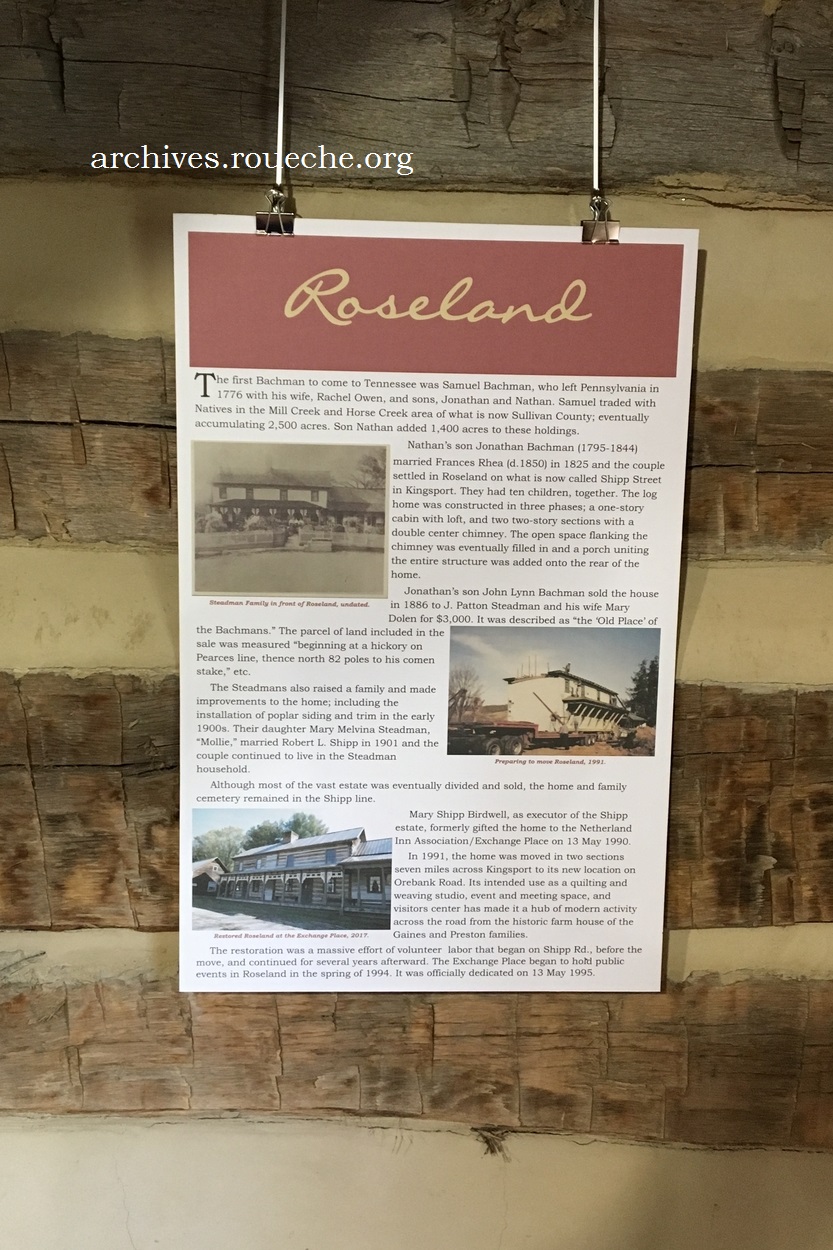 Roseland, which was formally on Shipp Road at the other side of Kingsport, was originally built by the Bachman family and then sold to the Stidmon (Steadman) family.
Roseland, which was formally on Shipp Road at the other side of Kingsport, was originally built by the Bachman family and then sold to the Stidmon (Steadman) family.
 I wanted to safely display the Cross and Crown replica quilt, so Ron Russom crafted this wonderful stand for the period headboard for me. It keeps visitors at a no-touch distance while adding some aesthetically pleasing context.
I wanted to safely display the Cross and Crown replica quilt, so Ron Russom crafted this wonderful stand for the period headboard for me. It keeps visitors at a no-touch distance while adding some aesthetically pleasing context.
 The Exchange Place members reconstructed the only remaining slave cabin on the site in 1980.
The Exchange Place members reconstructed the only remaining slave cabin on the site in 1980.
 The Exchange Place has inspired many an artist over the last century. I wanted to highlight a few pieces from the museum’s collection.
The Exchange Place has inspired many an artist over the last century. I wanted to highlight a few pieces from the museum’s collection.
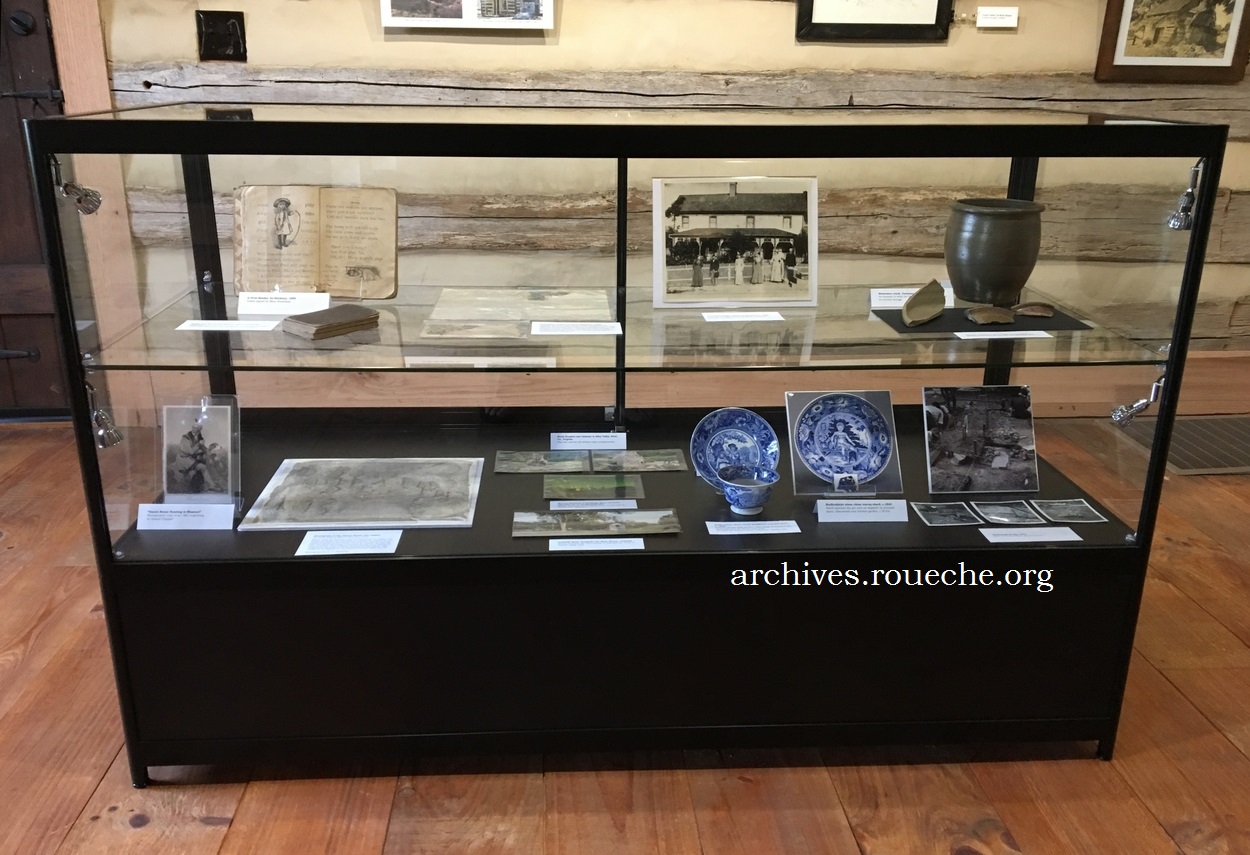
 Mollie Steadman’s New Testament is next to an original love letter written to her sister Roena by a Spanish American War soldier.
Mollie Steadman’s New Testament is next to an original love letter written to her sister Roena by a Spanish American War soldier.
 Some of the fantastic pottery sherds found on site during the 1989 archeological dig just above photographs from the 1973 dig.
Some of the fantastic pottery sherds found on site during the 1989 archeological dig just above photographs from the 1973 dig.
For a virtual tour of the museum, you can watch my videos here and here. If you are local and want to learn more about the history of the farm and its residents, The Exchange Place is open Saturdays and Sundays from 2-4:30 pm, May through October, and for group tours by appointment.



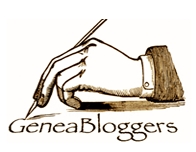
8 Responses to Archives: The Little Archives on the Frontier